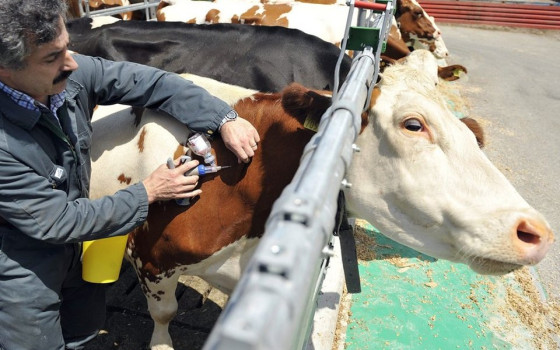
Detection of an exotic strain of foot-and-mouth disease in Iraq and Bahrain raises regional concerns...causing annual losses estimated at $21 billion.

- Europe and Arabs
- Wednesday , 7 May 2025 8:10 AM GMT
Rome - New York: Europe and the Arabs
The Food and Agriculture Organization of the United Nations (FAO) has called for urgent measures for early detection and enhanced biosecurity, following the recent detection of the SAT1 serotype of foot-and-mouth disease in Iraq and Bahrain.
The organization stated that this SAT1 serotype is unique to the Near East and West Eurasia (Europe and Asia) regions, raising serious concerns about the potential spread of the virus. So far, Bahrain, Iraq, and Kuwait have reported cases, although other countries in the Near East and West Eurasia regions are at high risk of infection. According to the United Nations Daily News Bulletin, which added, "Although foot-and-mouth disease does not pose a public health threat, it severely impacts animal health and welfare, food security, and livelihoods by reducing livestock productivity, including reduced milk and meat production. Economic losses are significant, with direct global production losses and vaccination costs in affected areas estimated at $21 billion annually.
Europe faces worst outbreak since the beginning of the century
Foot-and-mouth disease virus was recently detected in Europe, which is usually free of the disease and is now experiencing its worst outbreak since 2001. Germany detected an outbreak in January 2025 but has since been declared free of the disease.
However, other outbreaks have occurred in Hungary and Slovakia. As an example of the impact of foot-and-mouth disease on international trade, the UK government has banned the import of meat or dairy products from European countries where the virus has been detected, as has Austria due to an outbreak in neighboring Hungary.
The FAO stated that several strains of foot-and-mouth virus are still circulating in different parts of the world. From the world. Recent outbreaks in both Europe and the Near East underscore the ongoing threat this disease poses to livelihoods, food security, and safe trade.
They also underscore the critical role FAO plays in global surveillance of foot-and-mouth disease viruses, not only to help control them where they are endemic but also to rapidly share risk information to protect countries that are normally free of the disease.
What do you know about foot-and-mouth disease?
Foot-and-mouth disease is a highly contagious viral disease that affects cloven-hoofed animals, including cattle, pigs, sheep, goats, and many wild species. It is typically characterized by fever and blisters in the mouth and on the feet, accompanied by lameness.
Although few adult animals die from the disease, young animals can die of sudden heart failure. The virus spreads rapidly and can infect large numbers of animals, especially in countries or areas that are normally free of the disease or do not regularly vaccinate.



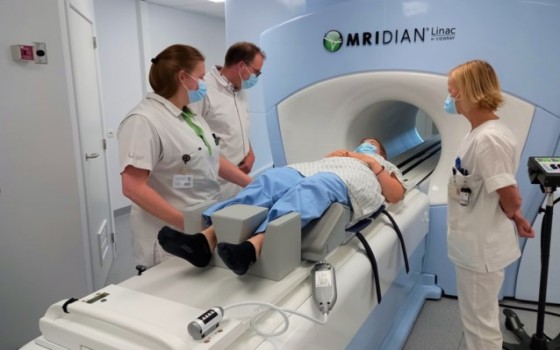

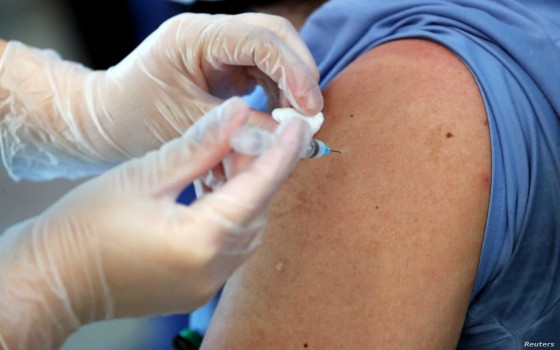
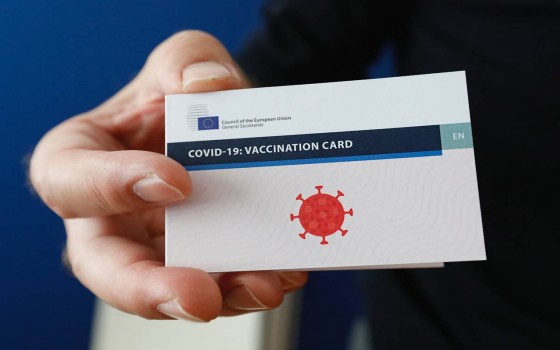


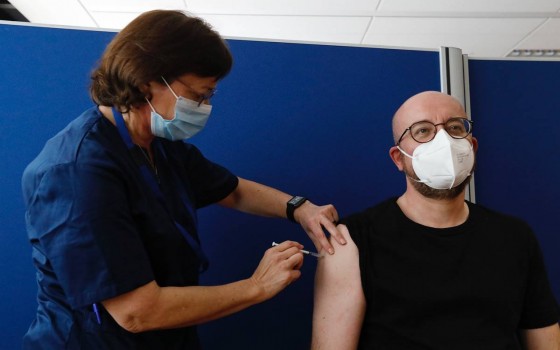


No Comments Found